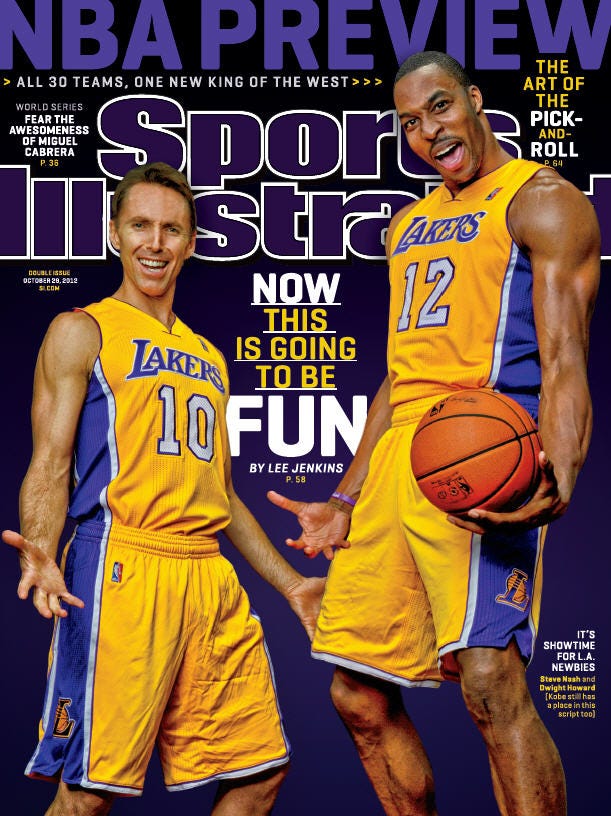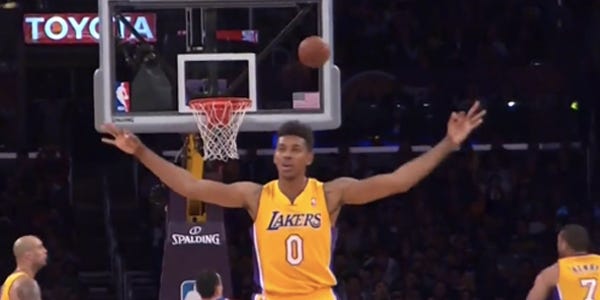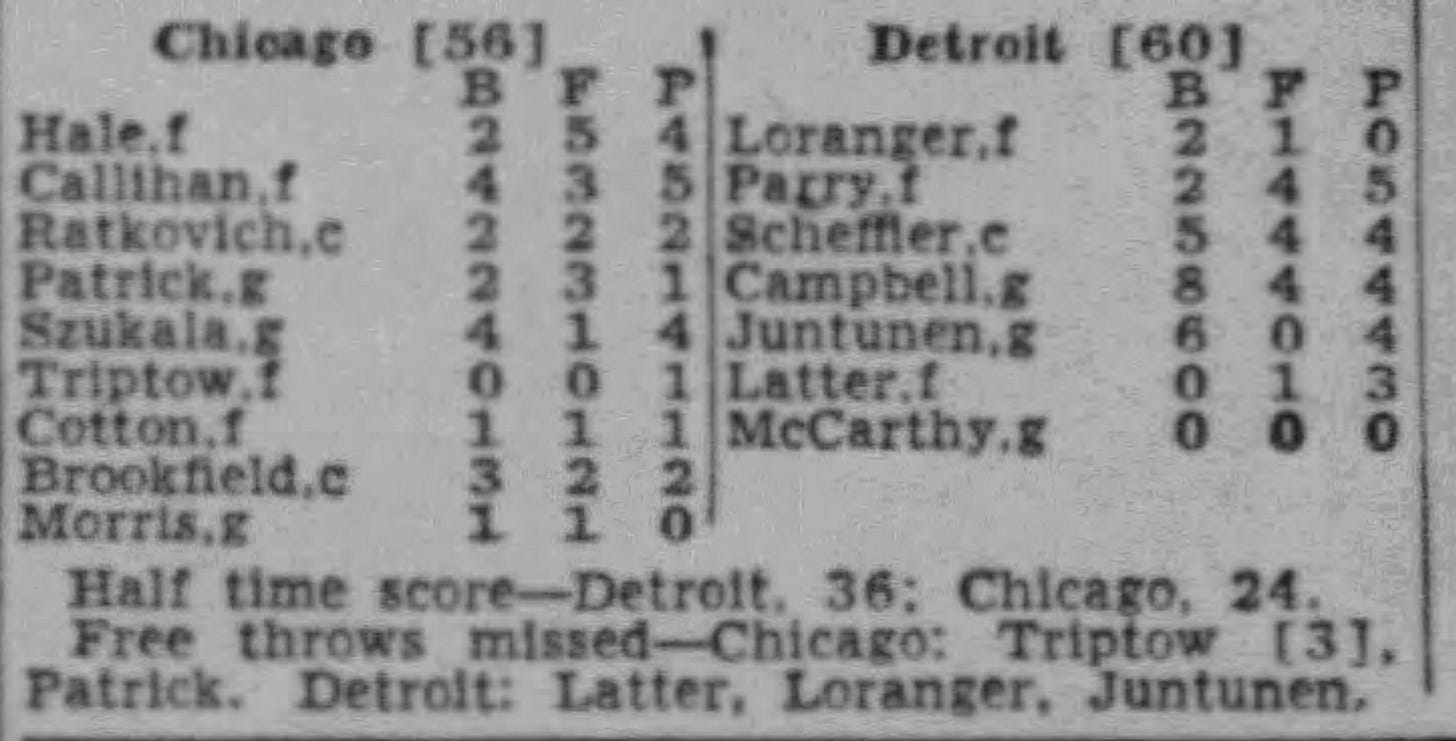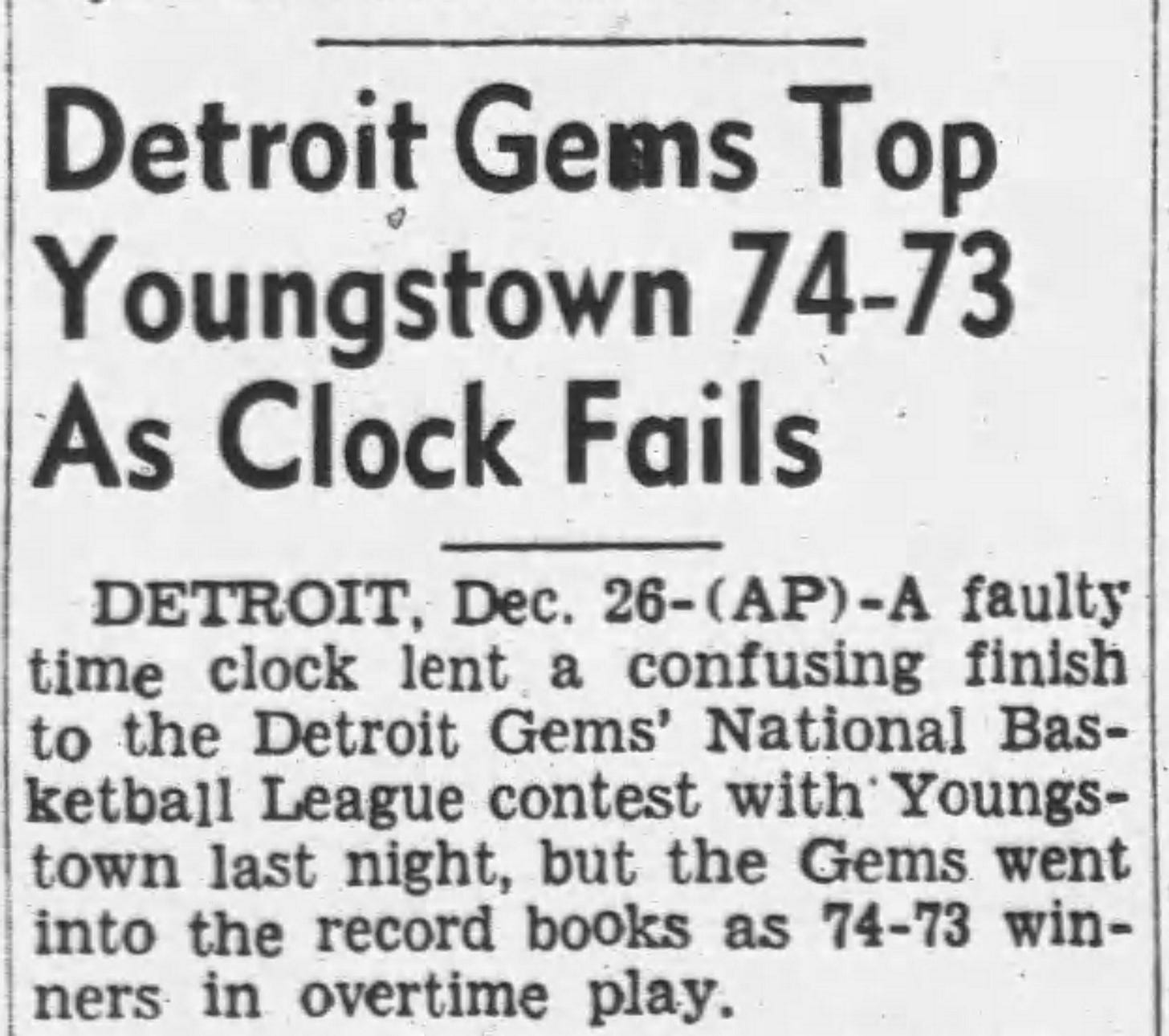[Ed. Note: This article is going places… hope y’all enjoy the journey!]
The 2010s were largely unkind to the Los Angeles Lakers. I mean sure they got a championship in 2010 and LeBron James decided to spend his basketball golden years there in 2018.
But in between those moments?

The Dallas Mavericks smoked the Lakers out the 2011 playoffs in truly enjoyable fashion for all non-Lakers fans.
But the real gloom and doom began in the 2012-13 season. Kobe Bryant got old and got hurt. Steve Nash was even older and more hurt. Pau Gasol was a little less old, but still a little hurt. Dwight Howard played through back troubles (and farted a lot, probably).
2013-14 was even worse. Nick Young was the team’s leading scorer.

The nadir was the 2015-16 season when the Lakers followed a horrendous 21-win campaign in 2014-15 with just 17 victories. That’s a miserable .207 win percentage. The worst for any Lakers team—Los Angeles or Minneapolis.
Before this epoch of suckdom, the previous win percentage low in the LA era was .366 set in 1974-75 after the retirements of Jerry West and Wilt Chamberlain, but before the arrival of Kareem-Abdul Jabbar. At least Gail Goodrich stuck around the for pain of ’75.
There was a worse season back in the Minneapolis days. The 1957-58 Lakers posted a win percentage of .264. This was after the departures of George Mikan, Slater Martin, and Jim Pollard, but before the arrival of Elgin Baylor. At least Vern Mikkelsen stuck around for the pain of ’58.
That stanky record, however, gave the Lakers the #1 overall pick to select Baylor who would carry the team to the Finals the next season in 1959.
Still, these aren’t the worst teams in Lakers franchise history. To find the worst team ever for the Lakers one has to remember the Lakers weren’t always the Lakers. They weren’t always in the NBA. And they didn’t begin in Minneapolis.
The search takes you way back to Detroit, Michigan, in 1946.

1940s Detroit. Library of Congress
With the conclusion of World War II, professional sports generally—and pro basketball in particular—experienced a glorious revival. Millions of young men who just a year earlier were GIs came flooding back to the States. A good chunk of them possessed great athletic qualities to be utilized. Even more of them had some spare change to spend watching pro athletes compete.
Looking to capitalize on both, officials in the National Basketball League (NBL) authorized a massive expansion of their operation. In the 1944-45 season, only six teams participated in the NBL. For the start of the 1946-47 season there were now 13.
Maurice Winston of Dearborn, Michigan, was one of the many new owners in the NBL. The wealthy jeweler located his nascent franchise in neighboring Detroit and christened them the Gems. Winston surely had the highest of hopes, but all that glitters ain’t gold.
The Detroit Gems would be the hottest of messes on the basketball court.
The Chicago Tribune on November 24, 1946, briefly noted the Buffalo Bison—another new entry in the NBL—had soundly beaten the Detroit Gems 45-35. The final score didn’t indicate the true scope of the loss. Buffalo led the Gems 28-13 at halftime and cruised to victory thereafter. The Tribune again gave the scoop on another Gems loss. On December 15, the Chicago Gears trounced Detroit 58 to 43. The Gears did so without the services of their star center, George Mikan, who had temporarily quit the team in a pay dispute.

Gears and Gems in action from the December 16, 1946, Chicago Tribune
In a rematch just days later on the 18th, the Gems got revenge by streaking out to a 23-10 first quarter lead on the Gears, who were still without Mikan. Chicago crept back in the game, but Detroit won, 60 to 56, behind 20 points from guard Fred Campbell.

Detroit – Chicago Box Score from Dec. 16, 1946, Chicago Tribune

Detroit – Chicago Box Score from Dec. 19, 1946, Chicago Tribune
A week later, on Christmas Day, the Gems again won a game in an overtime thriller against the Youngstown Bears. Campbell once more paced the Gems with 18 points as the Detroit club eked out a 74-73 win. The game didn’t pass without controversy, though.
The Bears seemingly achieved victory when their center, Bill Farrow, made a basket in the final seconds. As it turned out though, the game clock had malfunctioned and the official timekeeper notified the refs the game had concluded by the time Farrow had released his shot.

Saint Joseph Herald-Press, December 26, 1946
With two wins in the span of a week, the Gems enjoyed their high-water mark of the season. Their coach certainly thought this was the apex and abandoned ship.
Joel Mason resigned as helmsman of the Detroit Gems on January 3, 1947. Fred Campbell was now named player-coach of the Gems, who got their biggest victory of the season two weeks later on January 16. In a 56-55 stunner, the Gems upset the Western Division leading Indianapolis Kautskys. The Gems’ efforts were boosted when rising star center Arnie Risen fouled out toward the end of the game.

NBL standings in the Sheboygan Press on January 20, 1947
The good times didn’t last long.
In yet another game with the Chicago Gears on February 7, the Gems were swamped 76 to 44. The mammoth victory for Chicago was no surprise since Mikan had resolved his dispute with Gears management and returned to the court. Big George had 20 points for the game and the Gears sealed the contest in the first quarter with a 21-to-6 edge.
Mercifully, the NBL season ended in late March and the Gems didn’t have to keep on being bludgeoned. The 4-18 record in mid-January ballooned out of control to a 4-40 mark to finish the season.
Their win percentage of .091 is the worst in the history of the NBL, the BAA, the NBA, and the ABA. No pro team associated whatsoever with the NBA has been worse.
Appropriately aghast at having sunk $30,000 down this useless drain, Maurice Winston sold the club in June 1947. It seemed Detroit was a graveyard for pro basketball in the 1940s with—by my count—four franchises failing in the market in that one decade. Not until the Fort Wayne Pistons relocated in the late 1950s would pro basketball stick in Motown.
The main man who purchased the Gems off of Winston’s hands? Benny Berger of Minneapolis. Renamed the Lakers, Berger and co-owner Morris Chaflen, scored an immediate coup in revamping the crummy Gems. They signed California AAU star Jim Pollard later in the summer of ‘47. An even bigger break came just prior to the start of the 1947-48 season.
The Chicago Gears’ owner, Maurice White, had always been a mercurial character—hence George Mikan’s sabbatical mentioned earlier.

The funkier Maurice White of Earth, Wind & Fire, not the failed basketball impresario.
In the biggest and boldest of moves, White abandoned the NBL and formed his own rival league, the Professional Basketball League of America (PBLA). Between the NBL, the PBLA, the Basketball Association of America (BAA), and the American Basketball League (ABL), the pro basketball market was over-saturated. Even the general post-World War II boom in consumer spending couldn’t prop up all of these competing leagues.
Although it featured the Gears and their star Mikan, the PBLA couldn’t find room to survive, especially since it was underfunded from the jump and geographically more ambitious than any league in pro hoops history to that point.
The disastrous and unsustainable PBLA quickly went bankrupt, White’s Gears folded, and the entire roster was up for grabs. This included Mikan, the best player in America.
The Lakers’ owners immediately demanded the #1 pick in the ensuing dispersal draft. After all, they argued, their franchise—as the Detroit Gems—had just finished dead-last in the NBL the previous season. They needed all the help they could get. The argument worked. George Mikan and his glasses parachuted into Minneapolis and thus we had the first instance of that legendary Laker luck.
So, with that, the 4-40 Detroit Gems—the worst team ever—were well on their way to becoming one of the NBA’s two great franchises. Mikan and Pollard led the Lakers to the NBL title in their first season together. By 1954, they had captured five more titles: the 1949 BAA crown and the 1950, 1952, 1953, and 1954 NBA titles.
Still, the Gems are worth noting beyond the misery that inadvertently created so much later glory. Presaging MLB’s more noted example, the Gems tried their hand at integrated basketball, one of several NBL teams to do so during the 1940s.

Pittsburgh Courier, February 6, 1947
On January 15, 1947, it was announced the team had signed Wilbur “Willie” King, a veteran of the Harlem Globetrotters and Detroit native. He played 14 games for the Gems that year averaging 8.2 PPG.
Nathaniel “Sweetwater” Clifton and Sonny Boswell also played very briefly for Detroit. Clifton jumped from the independent Dayton Metropolitans to the Gems. Sonny Boswell was apparently fired by the Mets. It seems Clifton’s and Boswell’s simultaneous Detroit venture was connected. Anyhoo, the two cagers led Detroit to a win over the Midland Dows on January 22, 1947. Final score, 59-48. However, that was an exhibition game and didn’t count for the NBL standings.
But that was it for Clifton in Detroit!
Quoted in the Jan. 23 edition of the Dayton Journal Herald, Elwood Parsons, manager of the Dayton Mets, vowed in paternalistic terms that he would “try to have that boy [Clifton] back here for Sunday’s game.” His vow was true as Clifton never suited up for the Gems again.
As for Boswell, I can’t find any definitive information on his outcome with Detroit, but it appears he also appeared in just that one exhibition contest, since he doesn’t show up in the team’s official NBL season statistics or in any subsequent newspapers I’ve been able to search.
And to show y’all how history doesn’t work on an easy linear progression, it’d be nearly a decade before another black player suited up for the franchise (Bob Williams in the 1955-56 NBA season).
Anyways, as bad as the Lakers may get one day in the future, they’ll never be as bad as they were during their days as the Gems of Detroit.
Now let’s listen to Earth, Wind & Fire since Maurice White’s name was mentioned earlier…



This was a ride! Great stuff. I had no idea the Mpls Lakers had a predecessor.